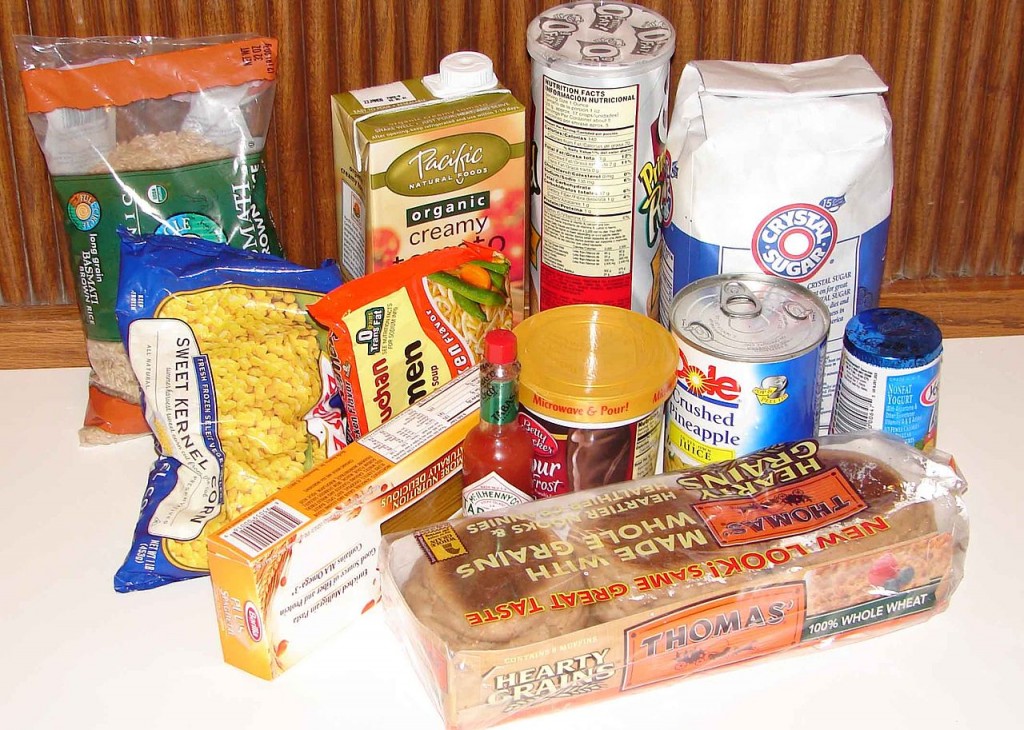
WASHINGTON — Diners will soon know how many calories are in that bacon cheeseburger at a chain restaurant, the pasta salad in the supermarket salad bar and even that buttery tub of popcorn at the movie theater.
The Food and Drug Administration announced long-delayed calorie labeling rules Tuesday, requiring establishments that sell prepared foods and have 20 or more locations to post the calorie content of food and beverages “clearly and conspicuously” on their menus, menu boards and displays. Companies have until a year from now to comply.
“Americans eat and drink about one-third of their calories away from home, and people today expect clear information about the products they consume,” FDA Commissioner Margaret Hamburg said.
WHERE YOU’LL SEE THE LABELS
Calorie content will appear on menus and menu boards in chain restaurants, bakeries, coffee shops, pizza delivery stores, movie theaters, amusement parks and any other locations that are part of a larger chain and serve prepared foods. They will also apply to some prepared foods in supermarkets and convenience stores.
The idea is that people may avoid that burger and fries if they add up the calories – and retailers may make their foods healthier to keep calorie counts down.
The menus and menu boards will tell diners that a 2,000-calorie diet is used as the basis for daily nutrition, noting that individual calorie needs may vary. Additional nutritional information beyond calories, including sodium, fats, sugar and other items, must be available upon request.
WHY THE RULES WERE DELAYED
Calorie labeling became law as part of health overhaul in early 2010, almost five years ago. Hamburg says writing the rules was challenging because of the need to navigate concerns of the varied establishments that sell food. Supermarkets, convenience stores and pizza deliverers lobbied hardest against the rules.
Restaurant chains went along with the rule as a way to dodge an uneven patchwork of local rules and pushed for the other establishments to be included.
GROCERY STORE CONFUSION
Representatives of supermarkets have said the rules could cover thousands of items in each store, far more than restaurants. To address that, FDA excluded prepared foods that are typically intended for more than one person to eat and require more preparation, like deli meats, cheeses or bulk deli salads. But a sandwich sold in a grocery store would have to have a calorie label.
In some cases foods will have to be labeled in one part of the store but not in another. Cut fruit would be labeled in a salad bar, for example, but not in a container for sale, because that is generally meant to take home and eat over a period of time. The FDA says the idea is to label calories of foods that are meant to be eaten at the store or as takeout, rather than for further preparation at home.
Leslie G. Sarasin, president and CEO of the Food Marketing Institute, said the group is extremely disappointed in the rules, which she said will affect stores’ offerings of “fresh, minimally processed, locally produced items” such as cut cantaloupe, mixed salads or steamed seafood.
BOOZE INCLUDED
One surprise in the final rules is that alcoholic drinks will have to be labeled if they are listed on menus. Alcohol had been exempted in rules proposed three years ago.
Nutrition advocates say customers often don’t realize how many calories they are drinking when they order beverages like margaritas and ice cream drinks. Drinks ordered at the bar won’t have to be labeled if they aren’t on a menu.
WILL IT WORK?
New York City was first in the country to put a calorie-posting law in place, and other cities and states have followed. McDonald’s and other restaurant chains already put calorie labels on menus and menu boards. The labels are popular with many, but it’s too soon to know whether they’ll affect obesity rates.
A recent Agriculture Department study found the diets of people who use nutritional information are markedly better than those who don’t, and healthy eaters had more interest in the labels. The USDA paper concluded that it “may be too optimistic” to expect that those who don’t use nutrition information will adopt healthier diets if exposed to it.
WHAT’S NEXT
Even before the new rules were announced, some Republicans in Congress had expressed concern that they would be too burdensome.
Sen. Roy Blunt, a Missouri Republican, introduced a bill in the Senate earlier this year that would narrow the scope of the labeling. He said in a statement Tuesday that the regulations could hurt job growth and impose unnecessary costs on some businesses. He said he would “continue to push back” on the rules.